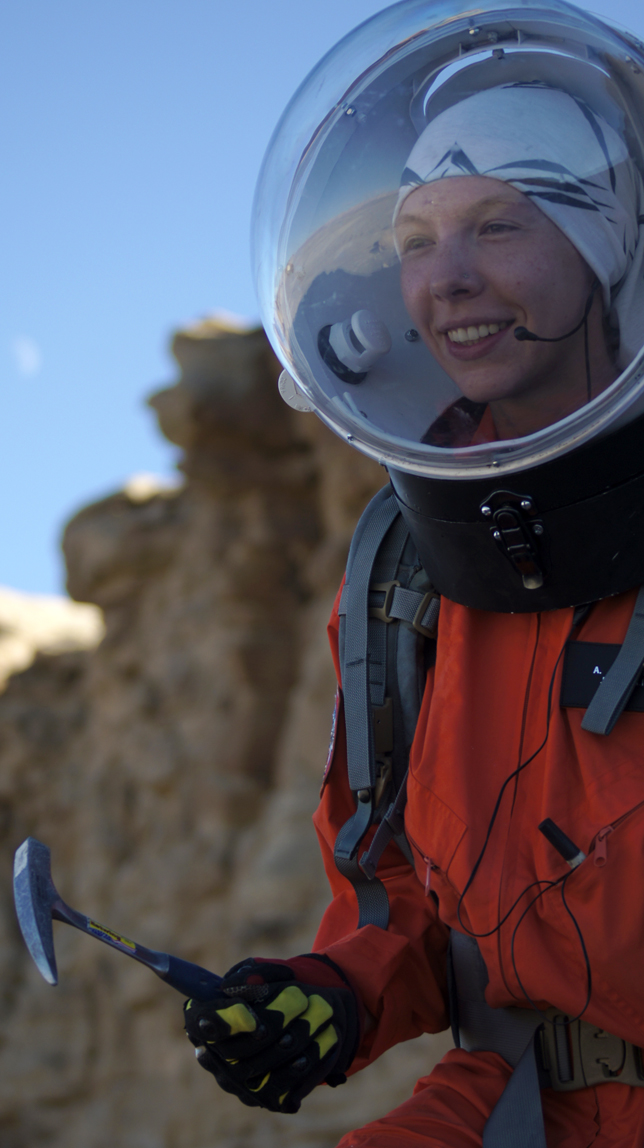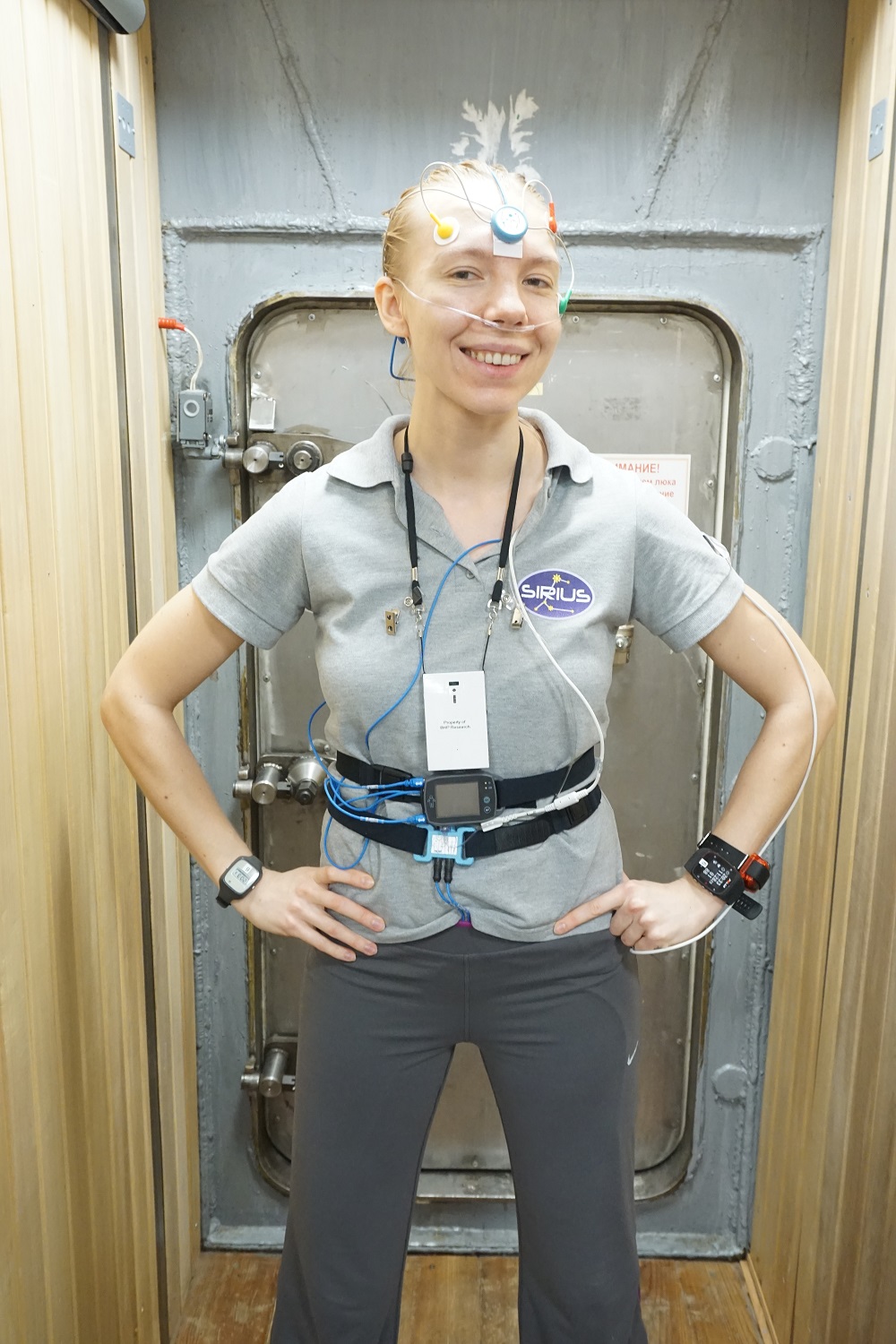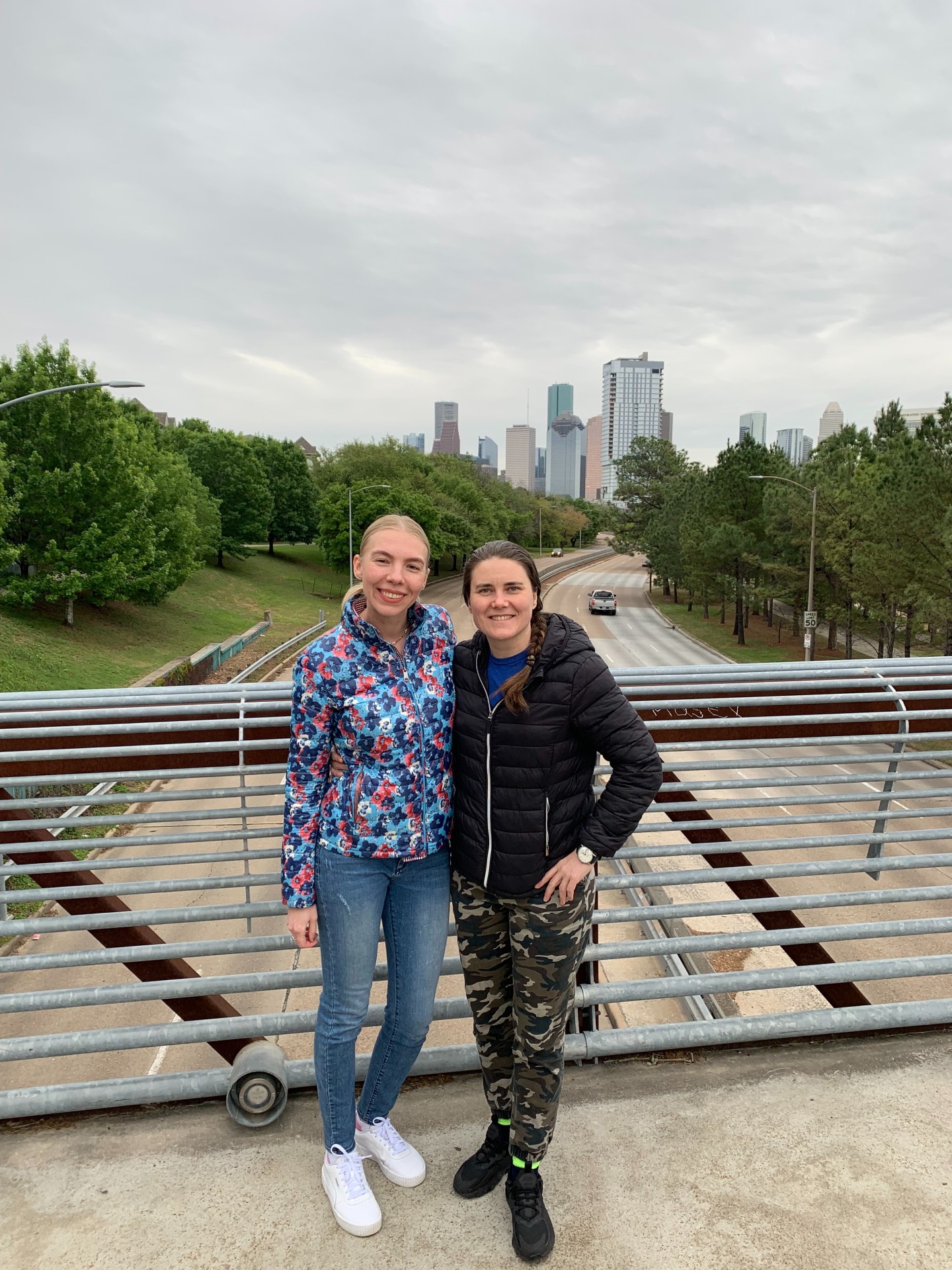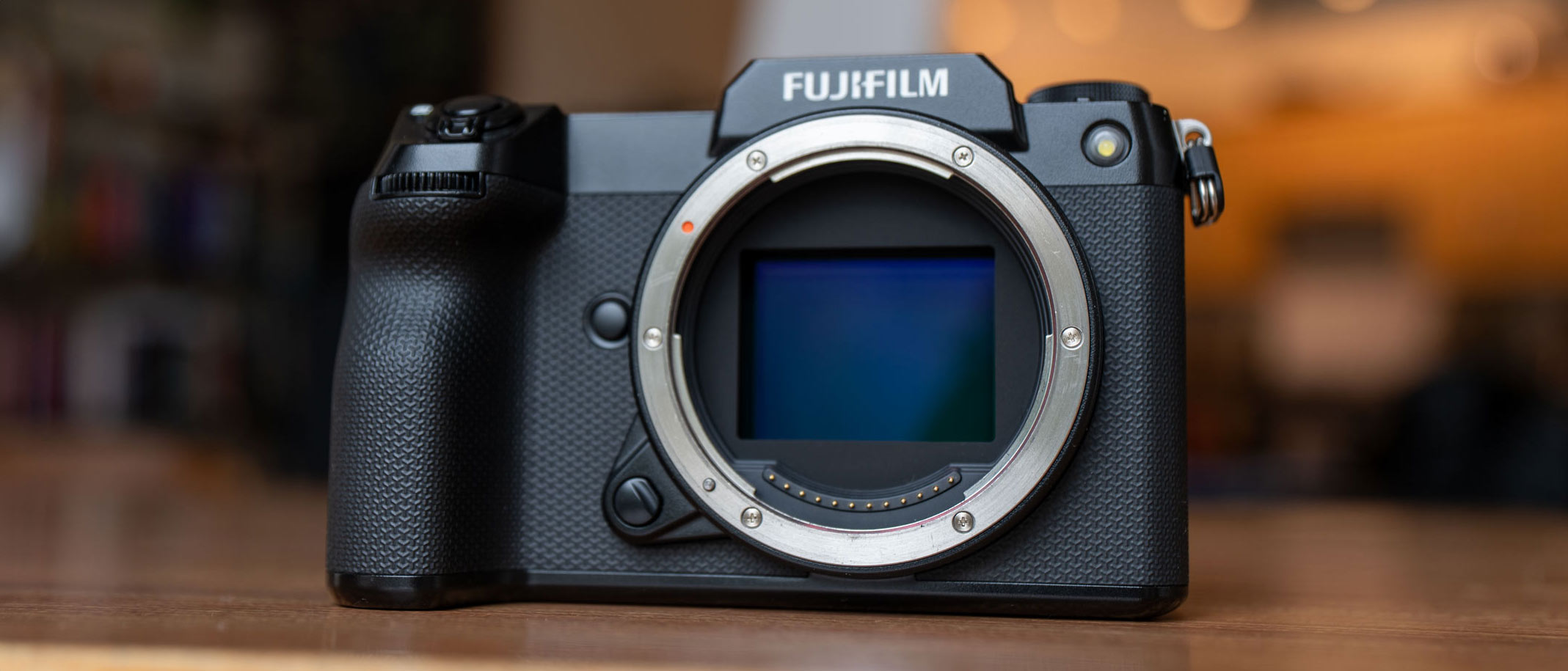Mars on Earth: What months of simulated astronaut missions taught this scientist
When it comes to feeding her passion to someday step onto other worlds, Anastasia Stepanova's experiences are unique.
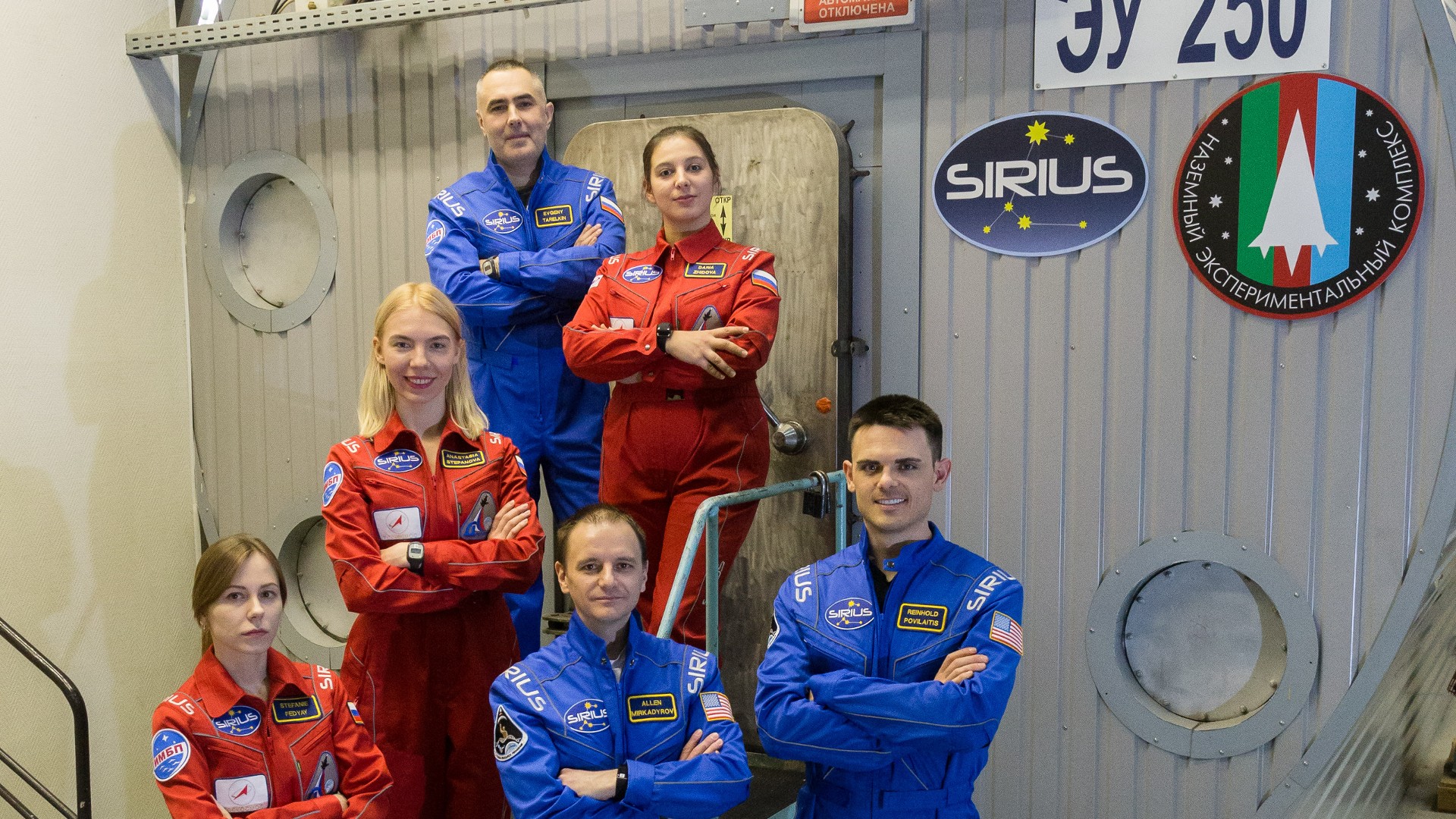
GOLDEN, Colorado - There are ways here on Earth you can get yourself in able-bodied condition, primped and primed for travel to the nearby moon, even to strut across the distant dunes of Mars — all in the hopes of later achieving the genuine thing.
Meet Anastasia Stepanova, a PhD student in space resources at the Colorado School of Mines here in Golden, and a veteran of multiple missions here on Earth that simulate the conditions human crews would experience during spaceflight or long-duration missions on the moon or Mars.
When it comes to feeding her passion to someday step onto other worlds, Stepanova's experiences are unique. In grappling with the effects of isolation and confinement on human psychology, physiology and team dynamics, Stepanova has already chalked up an enviable track record.
Related: A month on 'Mars': Preparing to visit the Red Planet ... on Earth
Dry immersion
Stepanova was a health and safety officer of several international space projects. For example, Stepanova took part in the "Mars-160" analogue mission organized by the Mars Society in the Utah desert, a two-part 14-day and 80-day long duration affair in 2014 and 2016. That was followed the next year by a 30-day long isolation experiment at the Flashline Mars Arctic Research Station on Devon Island, also operated by the Mars Society.
In 2019, Stepanova participated in the four-month "SIRIUS-19" lunar flight simulation experiment organized jointly by Russia's famed Institute of Biomedical Problems (IBMP) and NASA's human research program. The aim of that experiment was to find a location for a lunar outpost, a scenario that simulated major milestones of a moon mission, including orbital and on-surface operations.
For good medical measure, also mix in Stepanova being the world's first female test subject in 2020 to take on a "dry immersion" microgravity experiment orchestrated by the Moscow-based IBMP. New data was obtained on the female body's adaptive reactions to gravity unloading in cardiovascular, sensorimotor, muscle, bone and other body systems.
Breaking space news, the latest updates on rocket launches, skywatching events and more!
Seclusion countermeasures
"For me, it's always important to consider what's next and how can I be useful … that I need to try and still follow my dream," Stepanova told Space.com. There's a lot of work to be done, she said, to show that there's not much difference between female and male, a mission specialist or analog astronauts, or "real" astronauts.
Having moved to the United States from Moscow in January 2022, and now at the Colorado School of Mines — a leading institution for the study of space resources and their practical use — Stepanova is applying the knowledge she gained from simulated space missions to increase the productivity and well-being of crews on the moon and Mars. Along the way, she has been privy to countermeasures that curb the impact of seclusion from the outside world, right down to use of interior cabin colors to manage mood swings of individuals.
"A mission crew preparing for eight months of isolation is a tough assignment. I want my work in this area to make their life easier," said Stepanova. "After four months of isolation in the SIRIUS program, you miss so many things, even smells. Everything is limited. Exercise really helps and doing that every day along with a huge list of tests and experiments. Nobody would believe me, that I could gain so much muscle!"
Challenging factor
Looking into the future, Stepanova feels that the selection of astronauts for a Mars mission should be predicated on them first being put into an Arctic or Antarctic station to spend time together. "And only after that, then send them to Mars."
There's a long list of research items that require more study. One of those need-to-know-more appraisals, one that has been undertaken at IBMP, concerns human body exposure to hypermagnetic fields.
Studies on mice exposed to reduced magnetic fields has indicated cognitive and fertility dysfunction. "How this affects astronauts is difficult to evaluate. Going to Mars and spending several years there, would crew members start to become dumb or not understand what's happening? For me, this is interesting and a challenging factor," Stepanova observed.
At age 37, Stepanova proudly points to her March 9 birthday — the same day as the birth of cosmonaut Yuri Gagarin, the first human to orbit the Earth back in 1961.
Her advice to young aspiring space travelers? Work hard on your physical shape, select a professional task in science or engineering and look for opportunities to take part in experiments.
By undertaking those aspects you are trying to test yourself before applying for astronaut selection. "You realize your strong or weak sides and can work on those," Stepanova suggested.
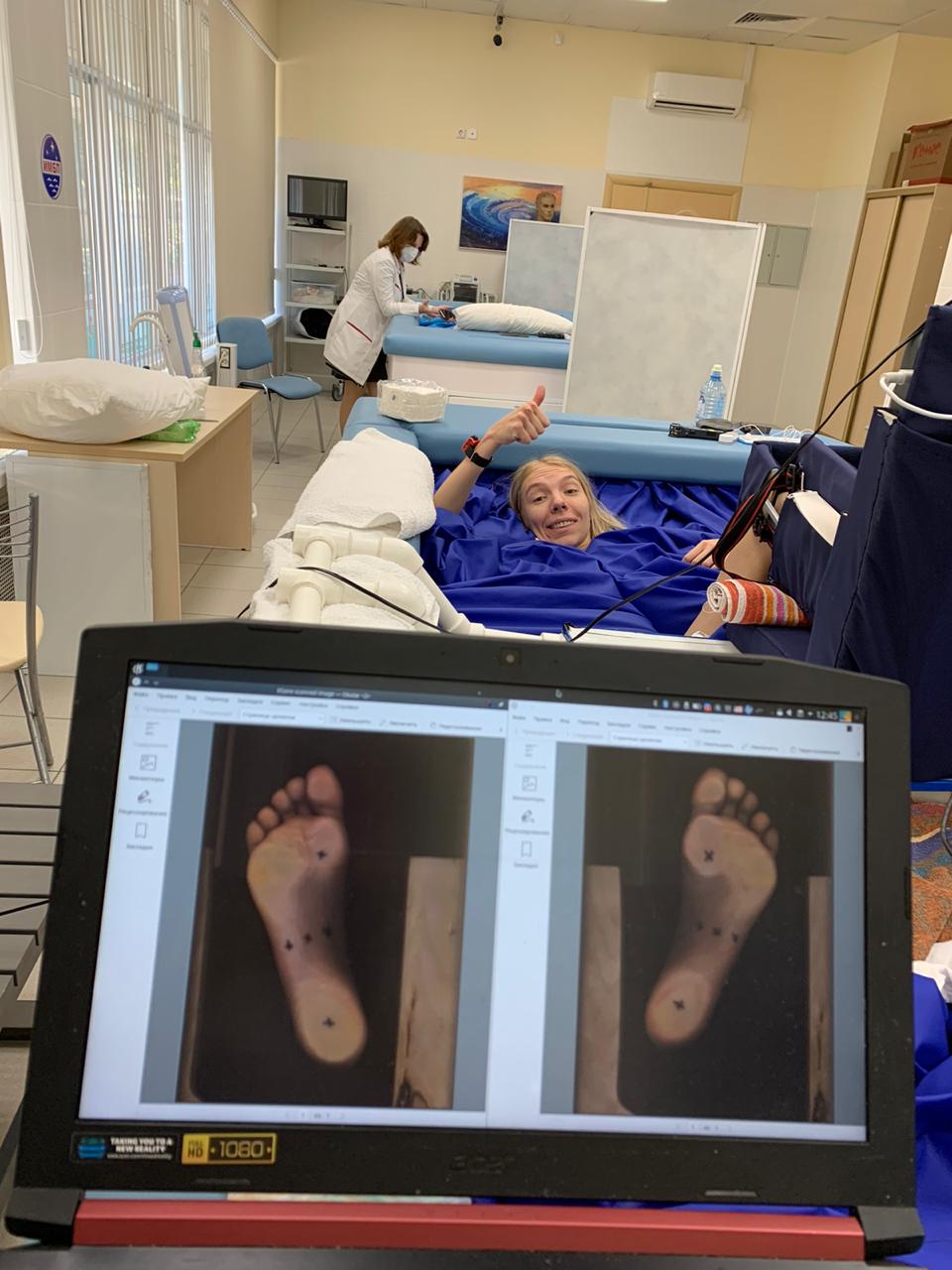
Multi-task
While her aim of ascending to cosmonaut status in Russia fell short, Stepanova put herself on a trajectory of journalism and began studying at Moscow State University. Her professor was former cosmonaut Yuri Baturin, with whom Stepanova worked for four years. "So basically, space found me anyway," she said.
Indeed, that journalism background proved to be a factor in being selected for her previous analog work.
"I could multi-task and also write about the mission, explaining the complicated experiments so a general audience would understand them," Stepanova said.
No gender difference
A prized event recently occurred for Stepanova.
Traveling to NASA's Johnson Space Center, she reunited with her friend, cosmonaut Anna Kikina of the Russian space agency, Roscosmos. Kikina was back on planet Earth on March 11 after 157 days in orbit and living aboard the International Space Station, then splashing down with three other colleagues in a SpaceX Crew Dragon capsule.
Kikina is the only female cosmonaut currently in active service at Roscosmos.
"I saw here takeoff last October. For me it was all part of my dream come true when I saw her flying. She had waited for this flight for 10 years. I know how hard she worked," Stepanova recalled. "If you are professional, there's no gender difference. Nature balances us so well. If you want to explore other worlds, there is a need to keep this kind of balance, including international space cooperation. We are most effective when we work together."
Follow us @Spacedotcom, or on Facebook and Instagram.

Leonard David is an award-winning space journalist who has been reporting on space activities for more than 50 years. Currently writing as Space.com's Space Insider Columnist among his other projects, Leonard has authored numerous books on space exploration, Mars missions and more, with his latest being "Moon Rush: The New Space Race" published in 2019 by National Geographic. He also wrote "Mars: Our Future on the Red Planet" released in 2016 by National Geographic. Leonard has served as a correspondent for SpaceNews, Scientific American and Aerospace America for the AIAA. He has received many awards, including the first Ordway Award for Sustained Excellence in Spaceflight History in 2015 at the AAS Wernher von Braun Memorial Symposium. You can find out Leonard's latest project at his website and on Twitter.
